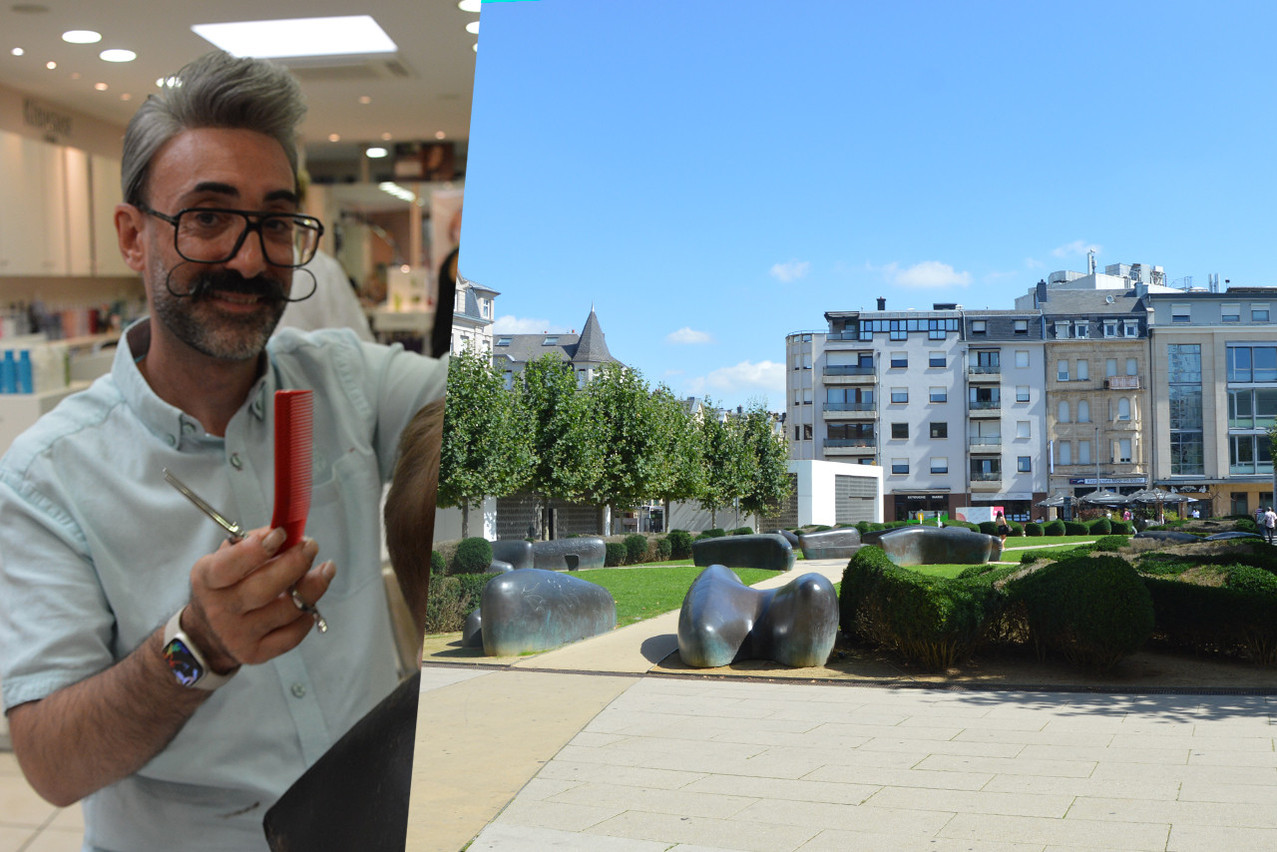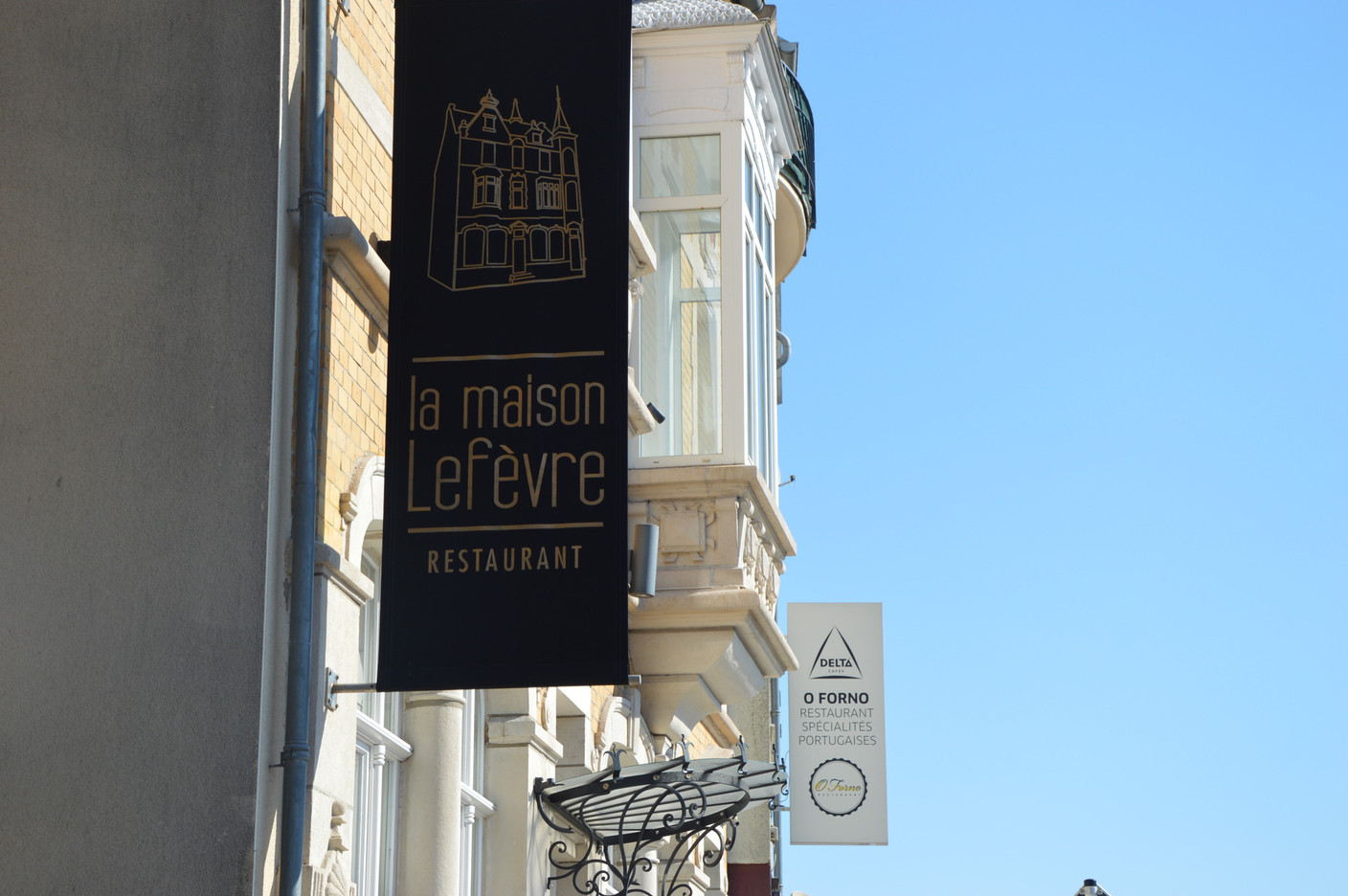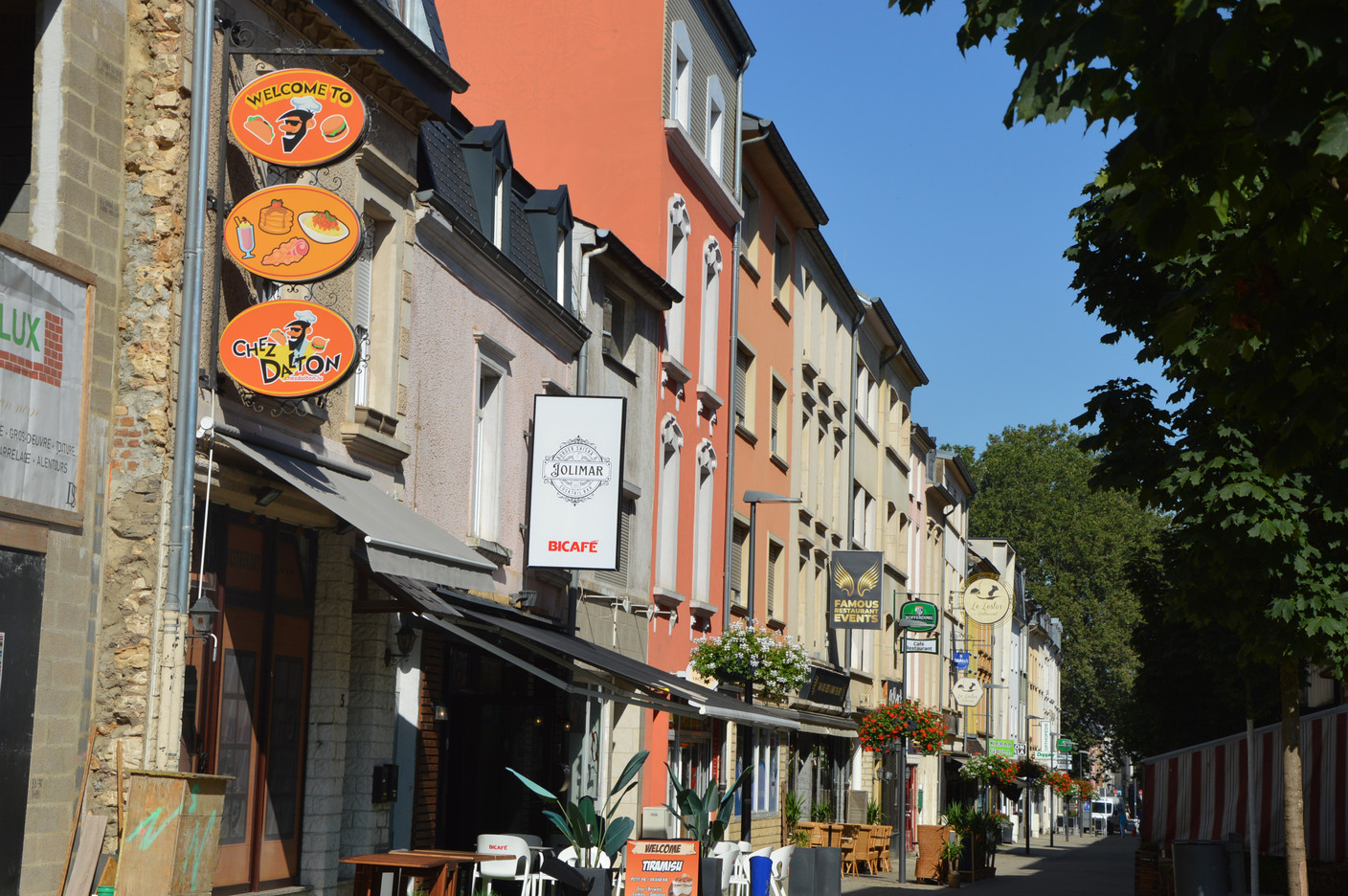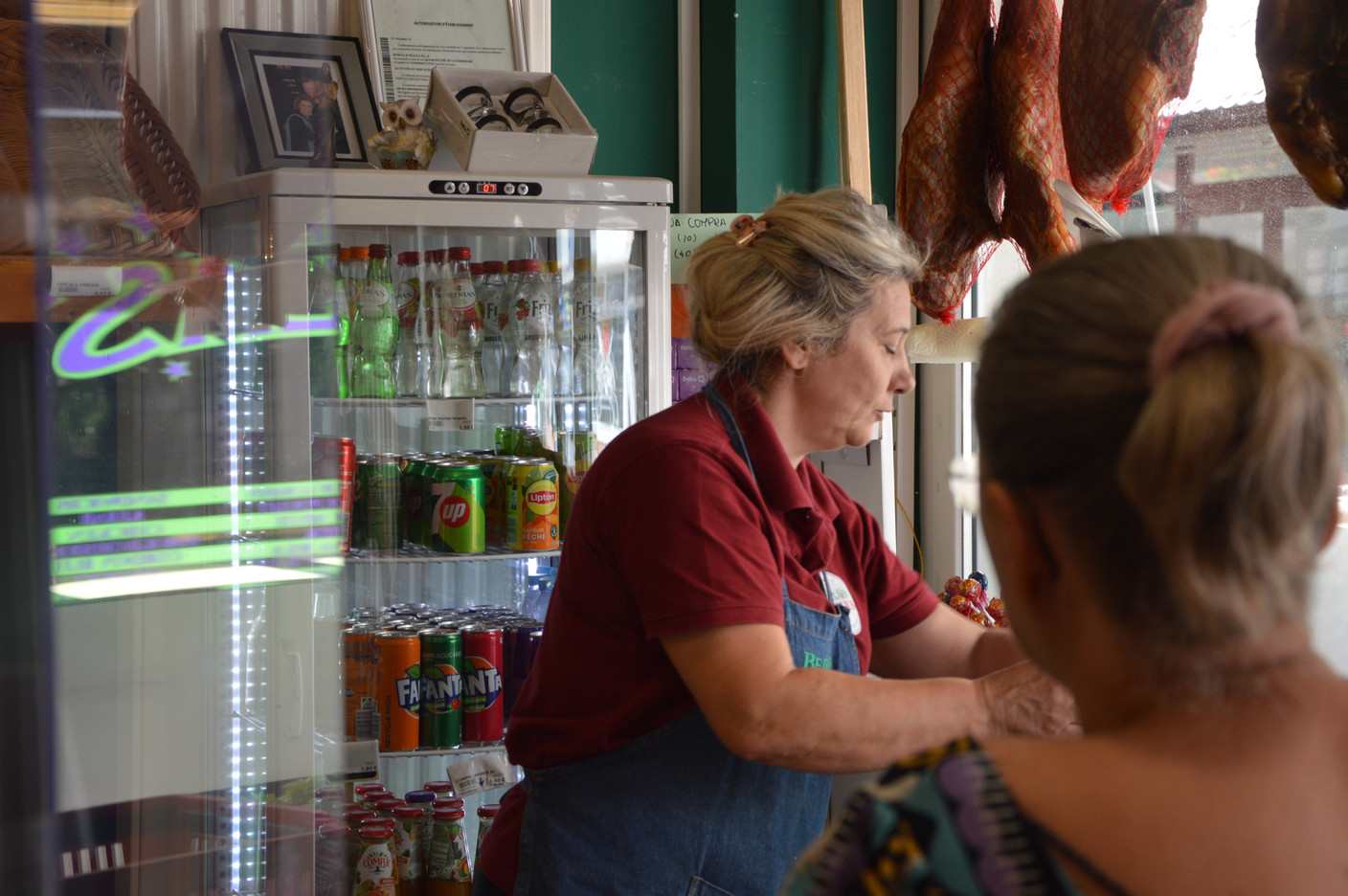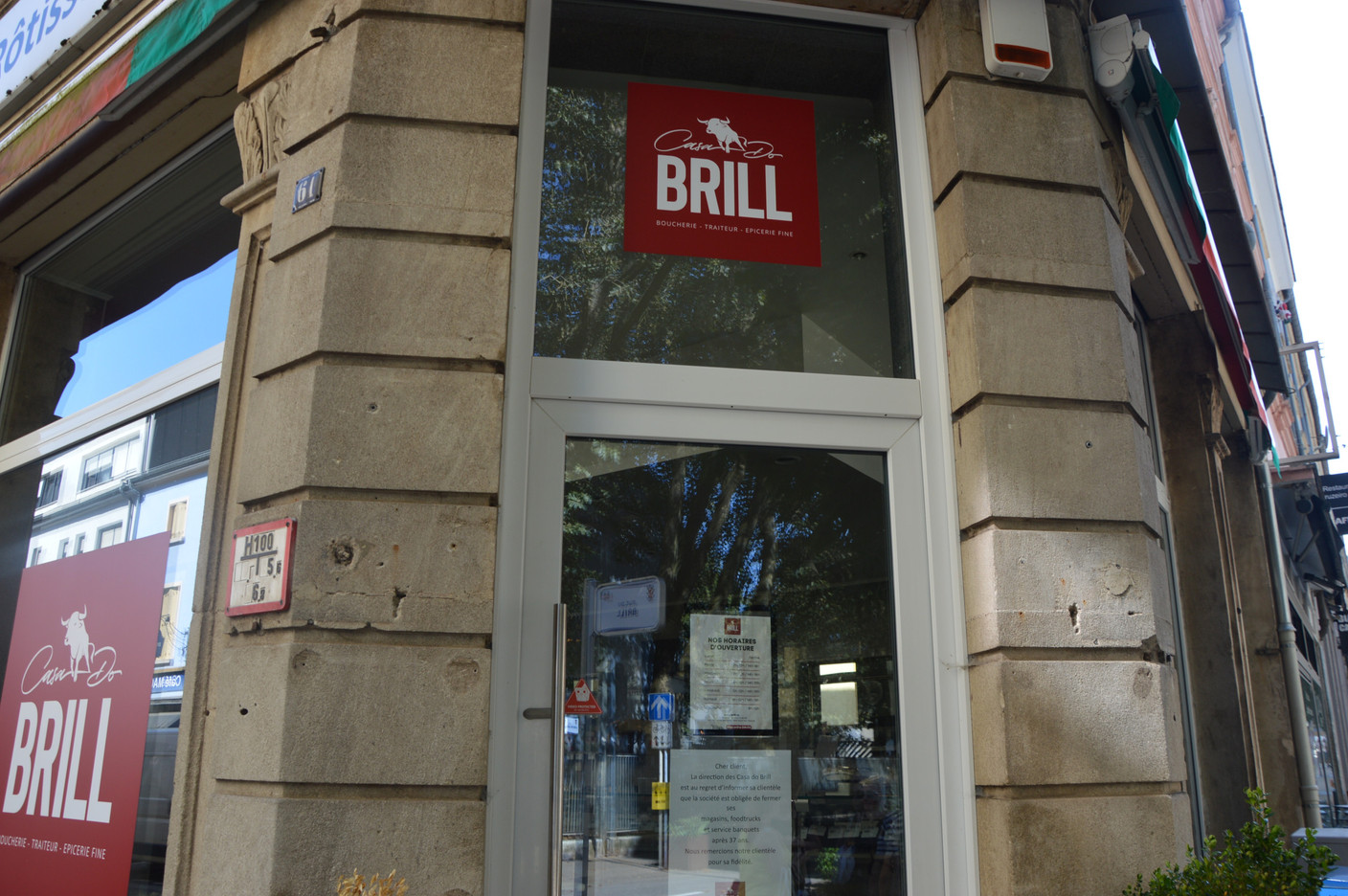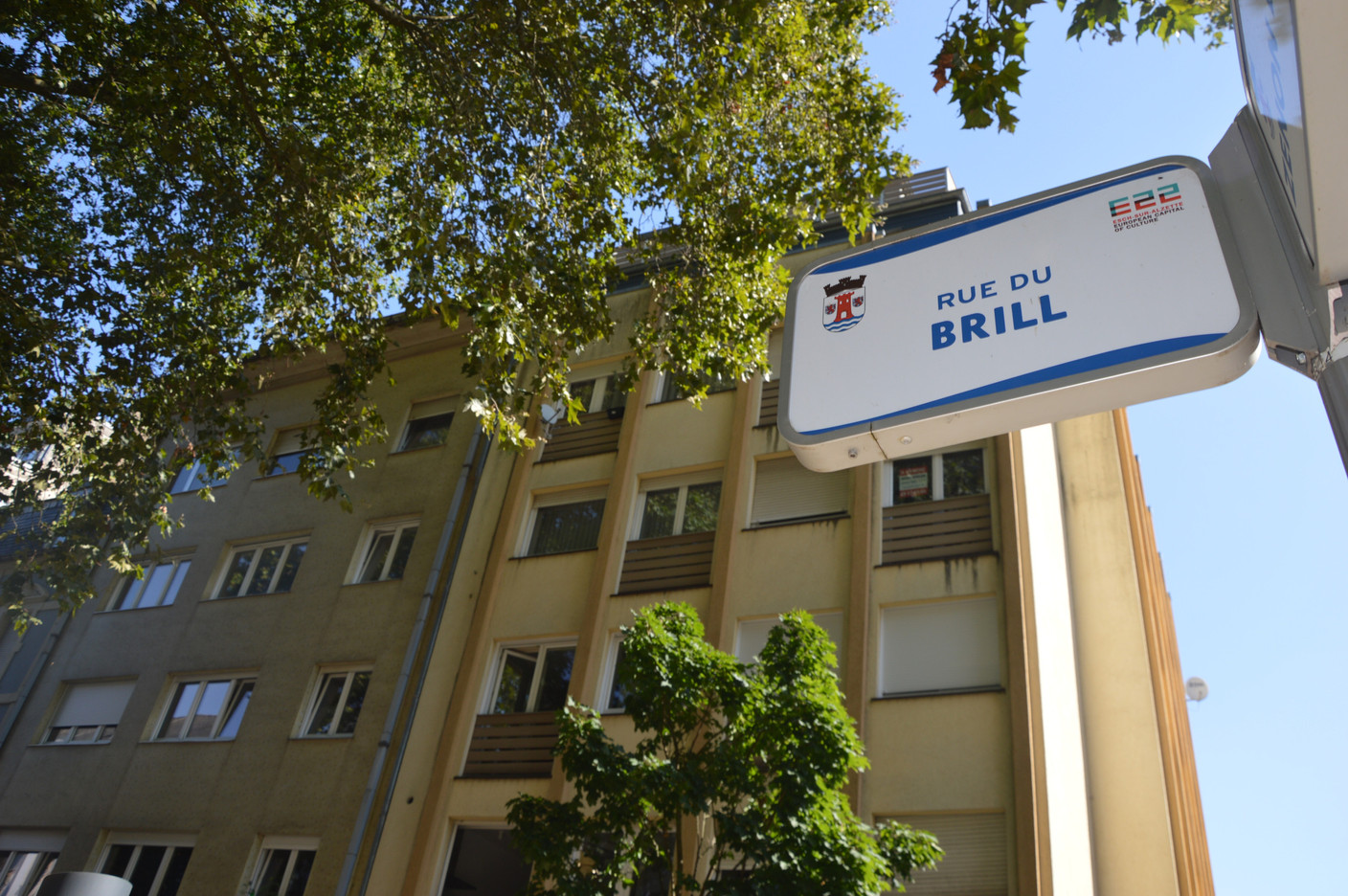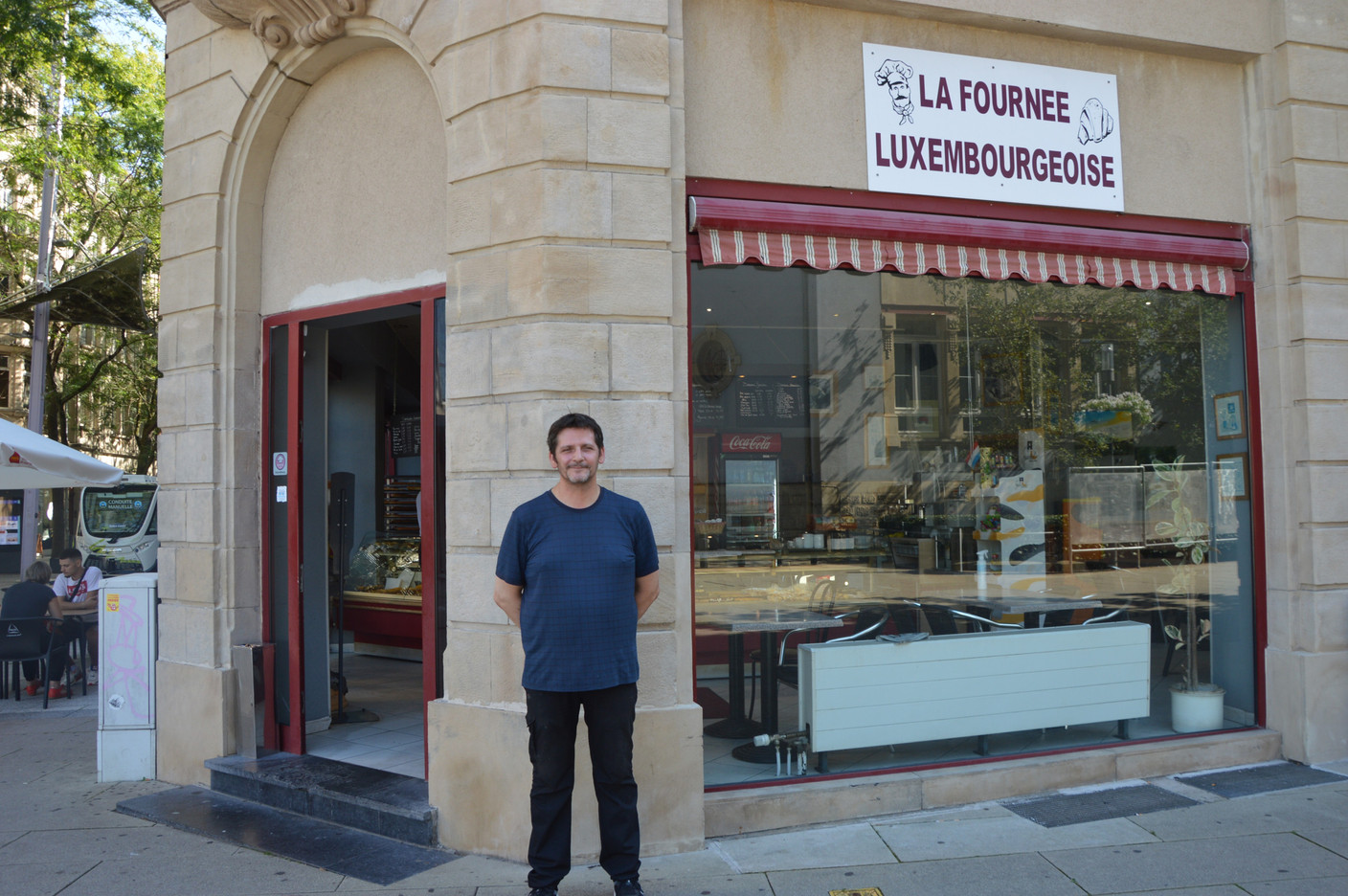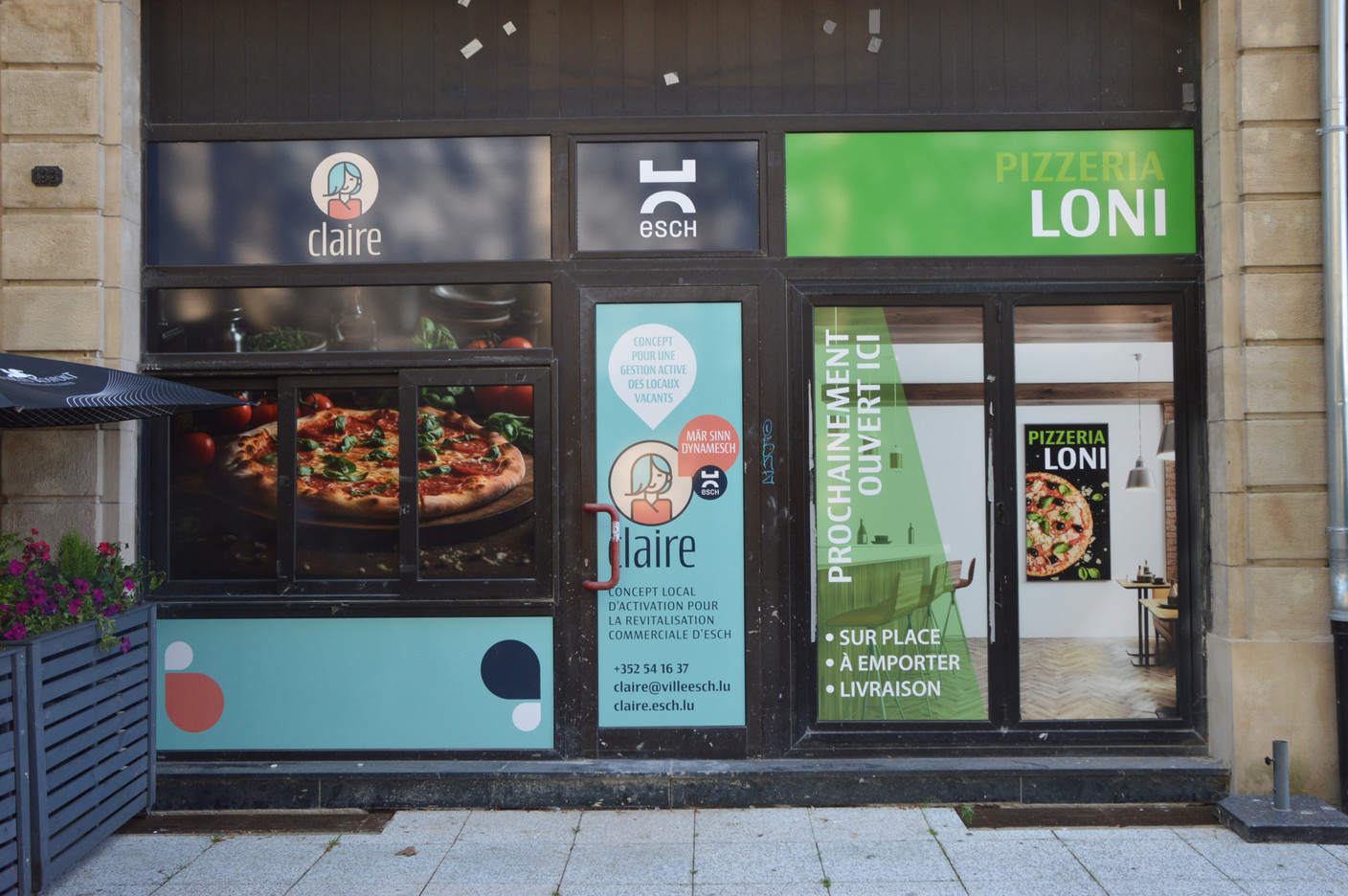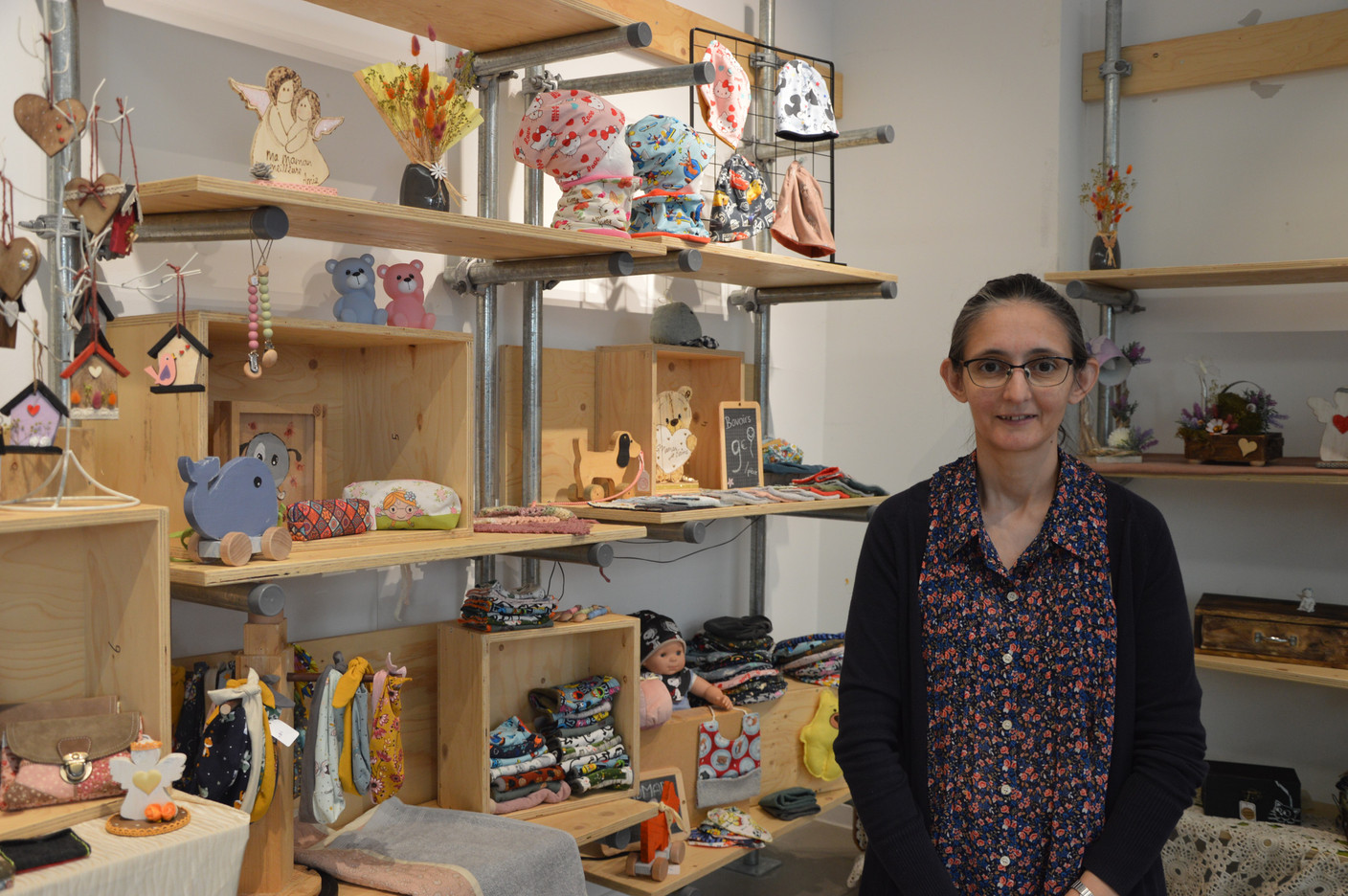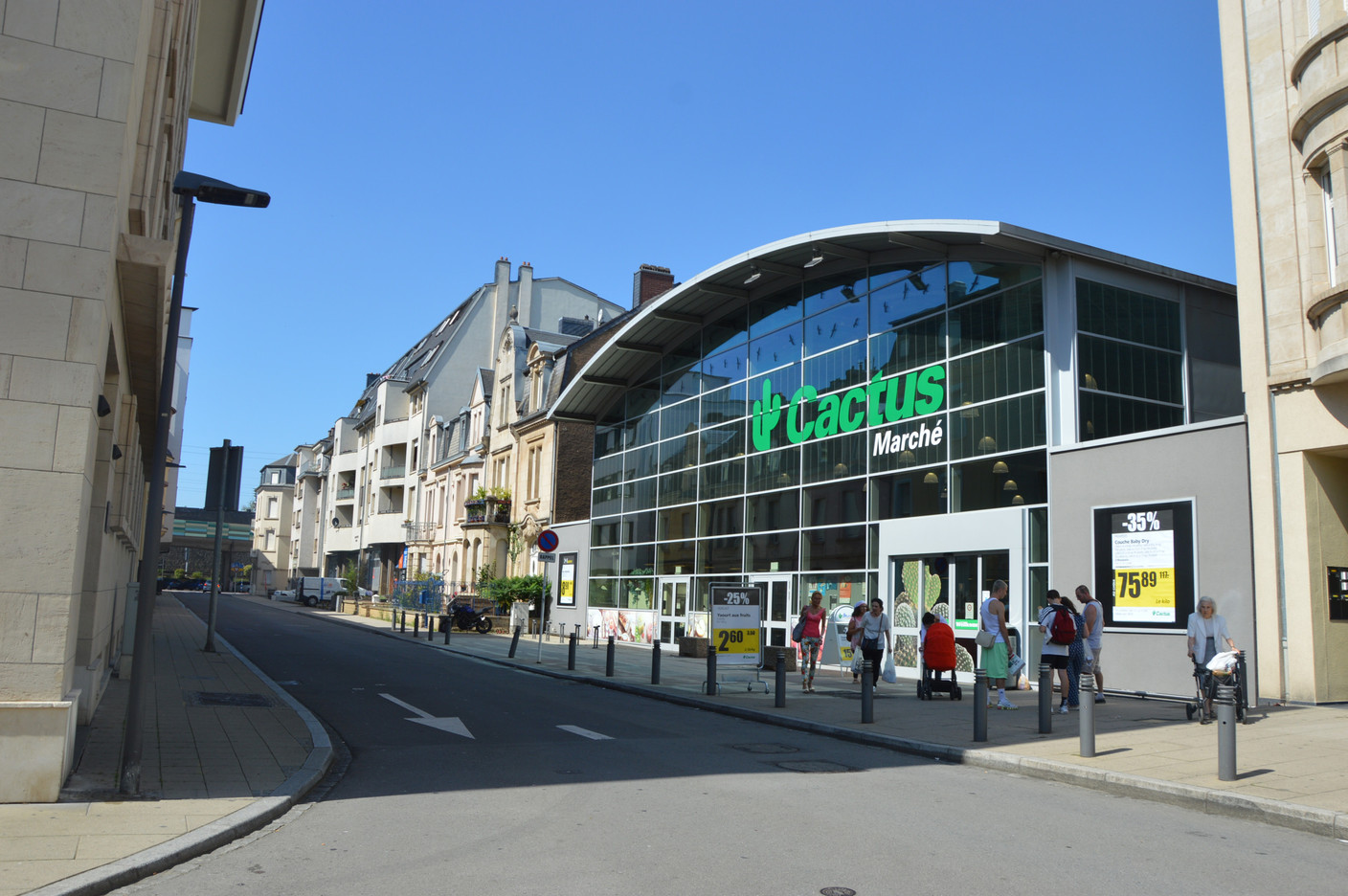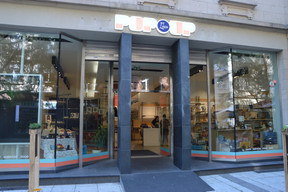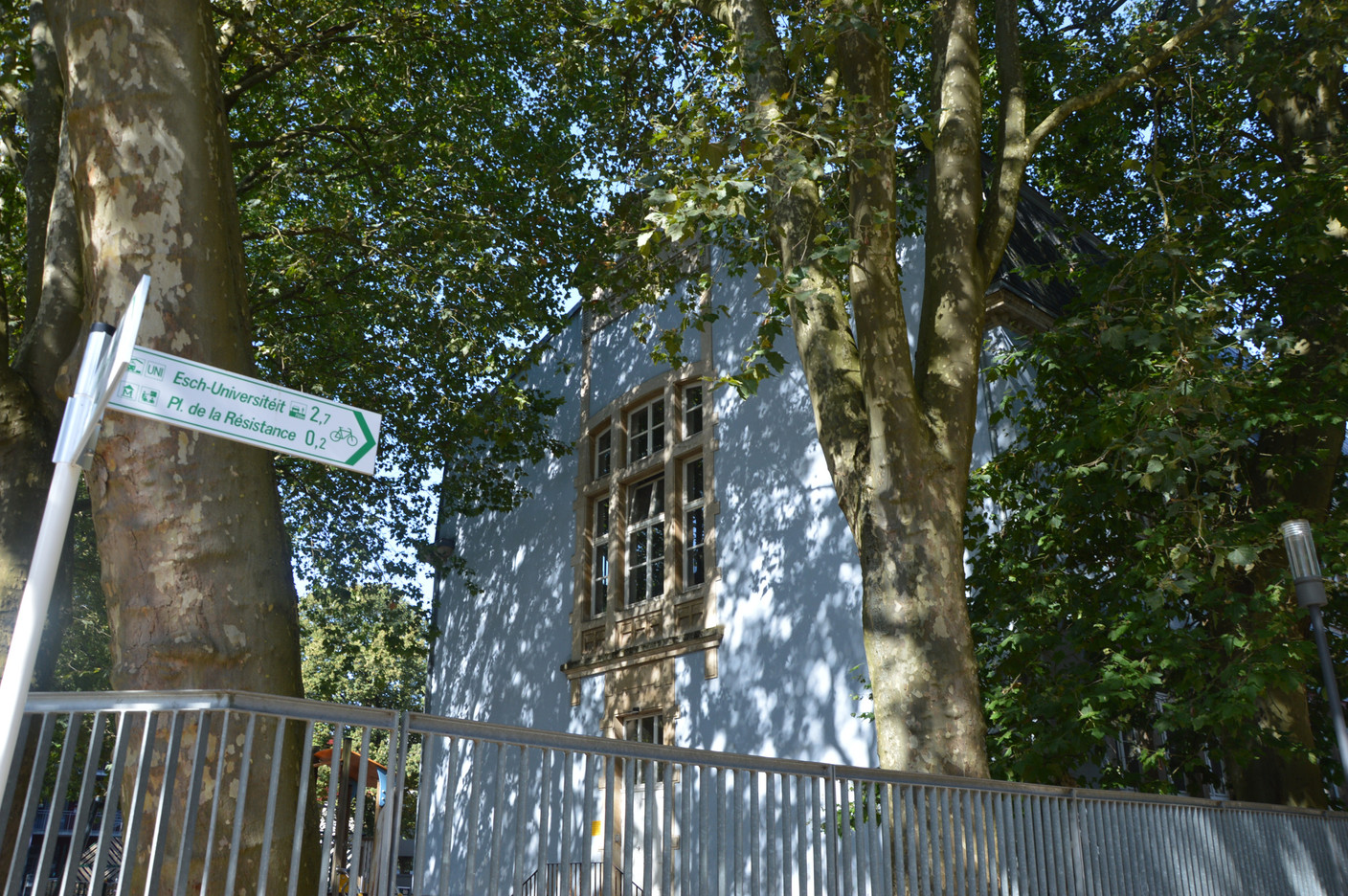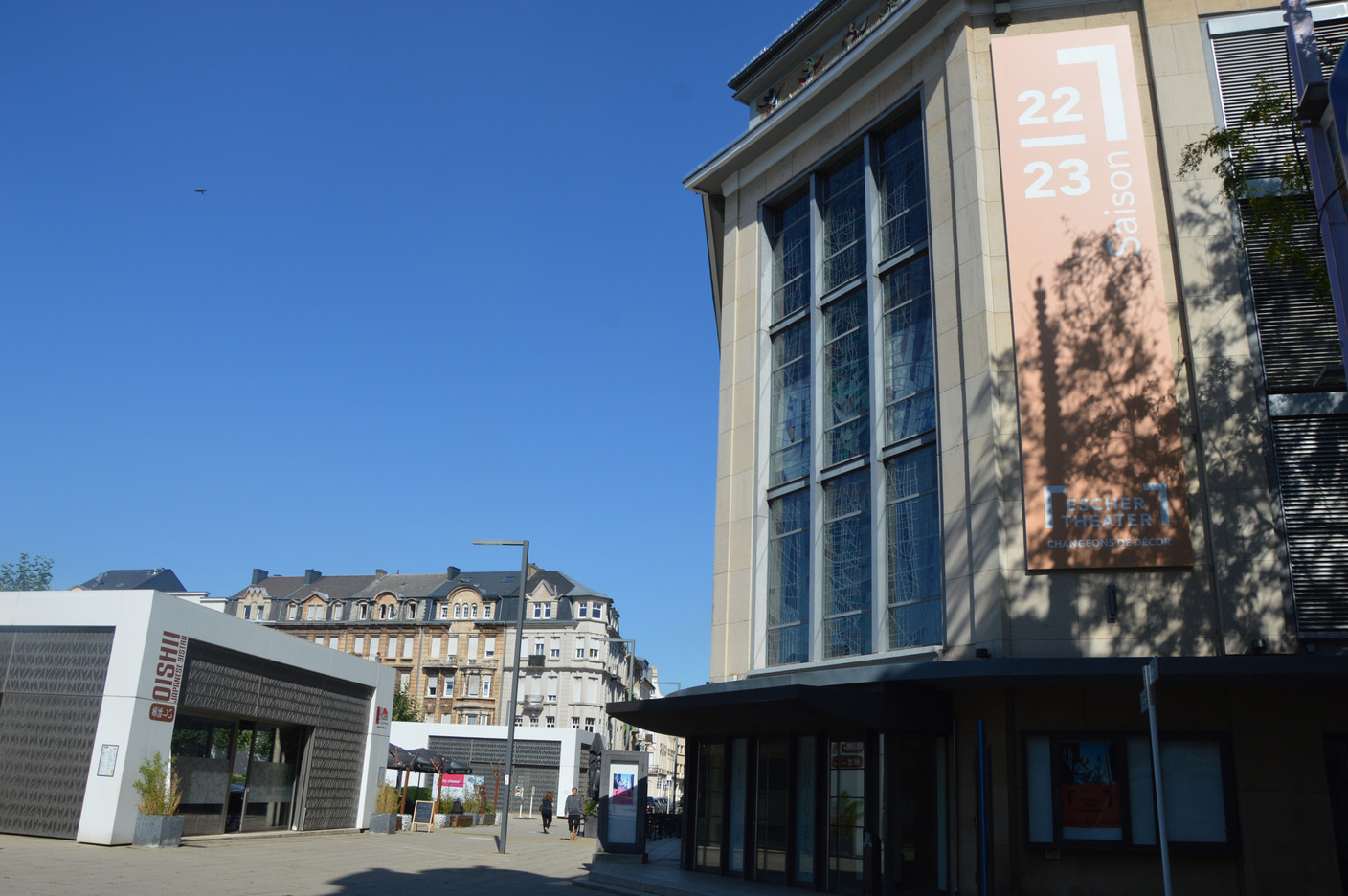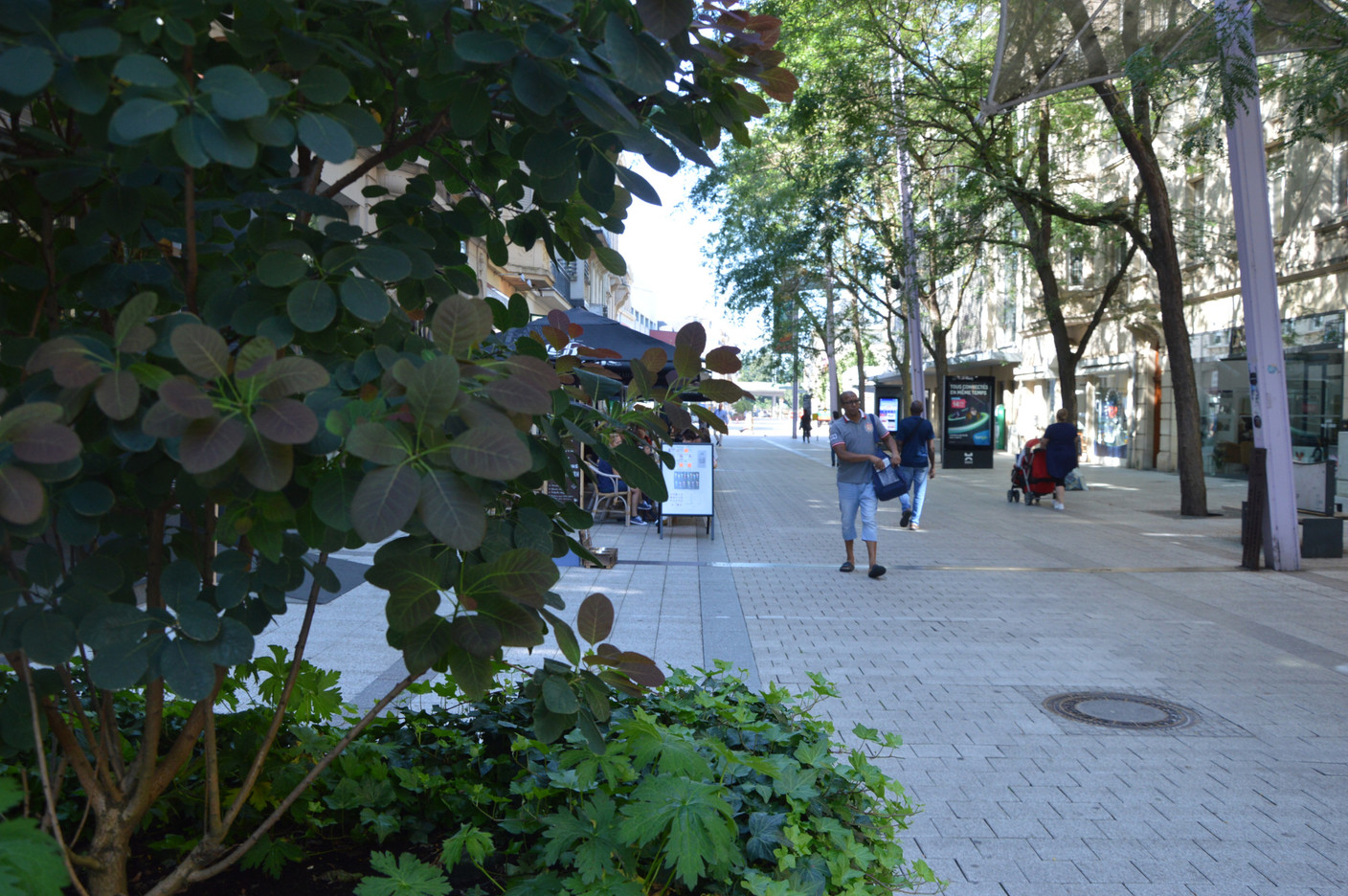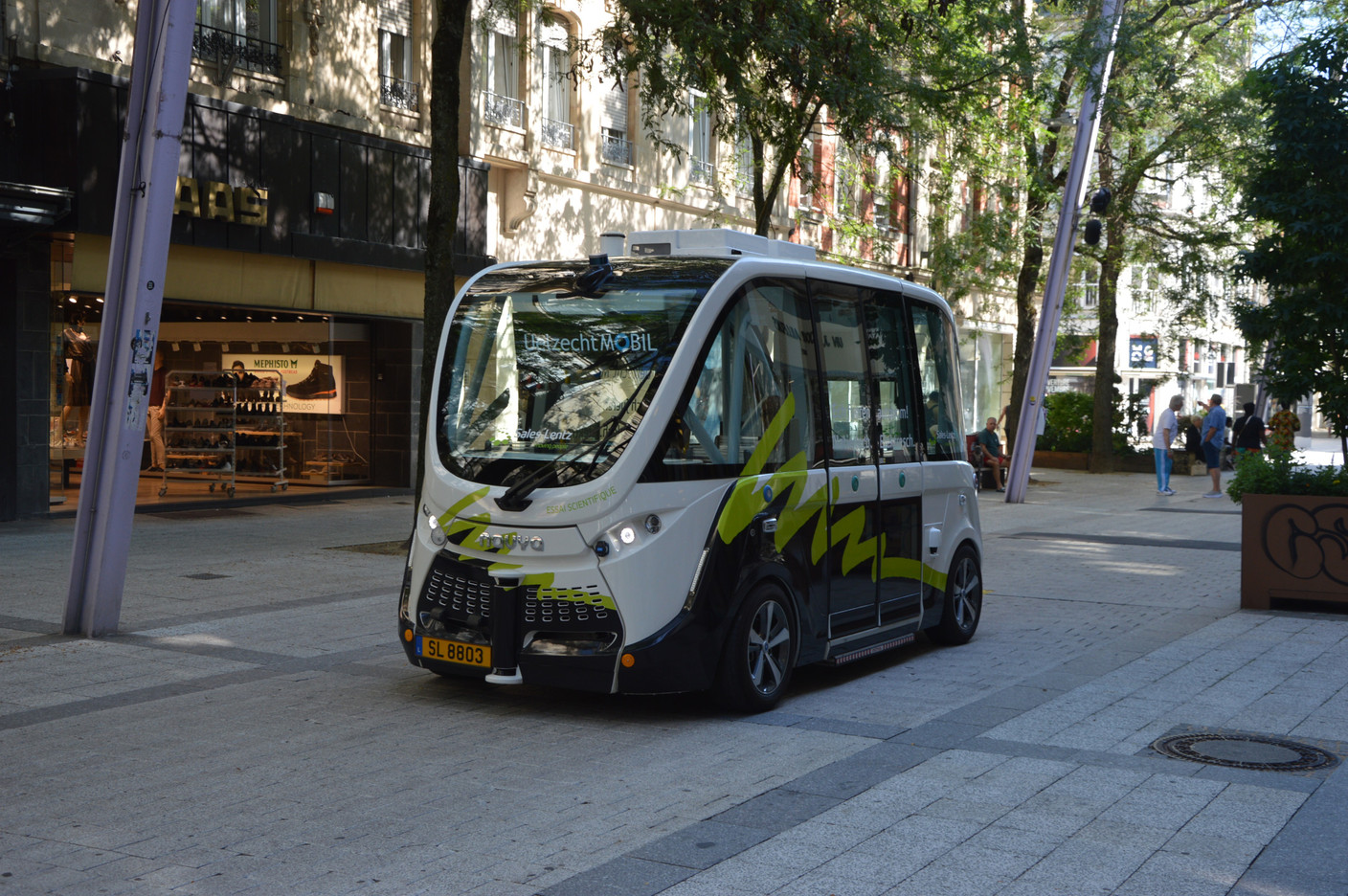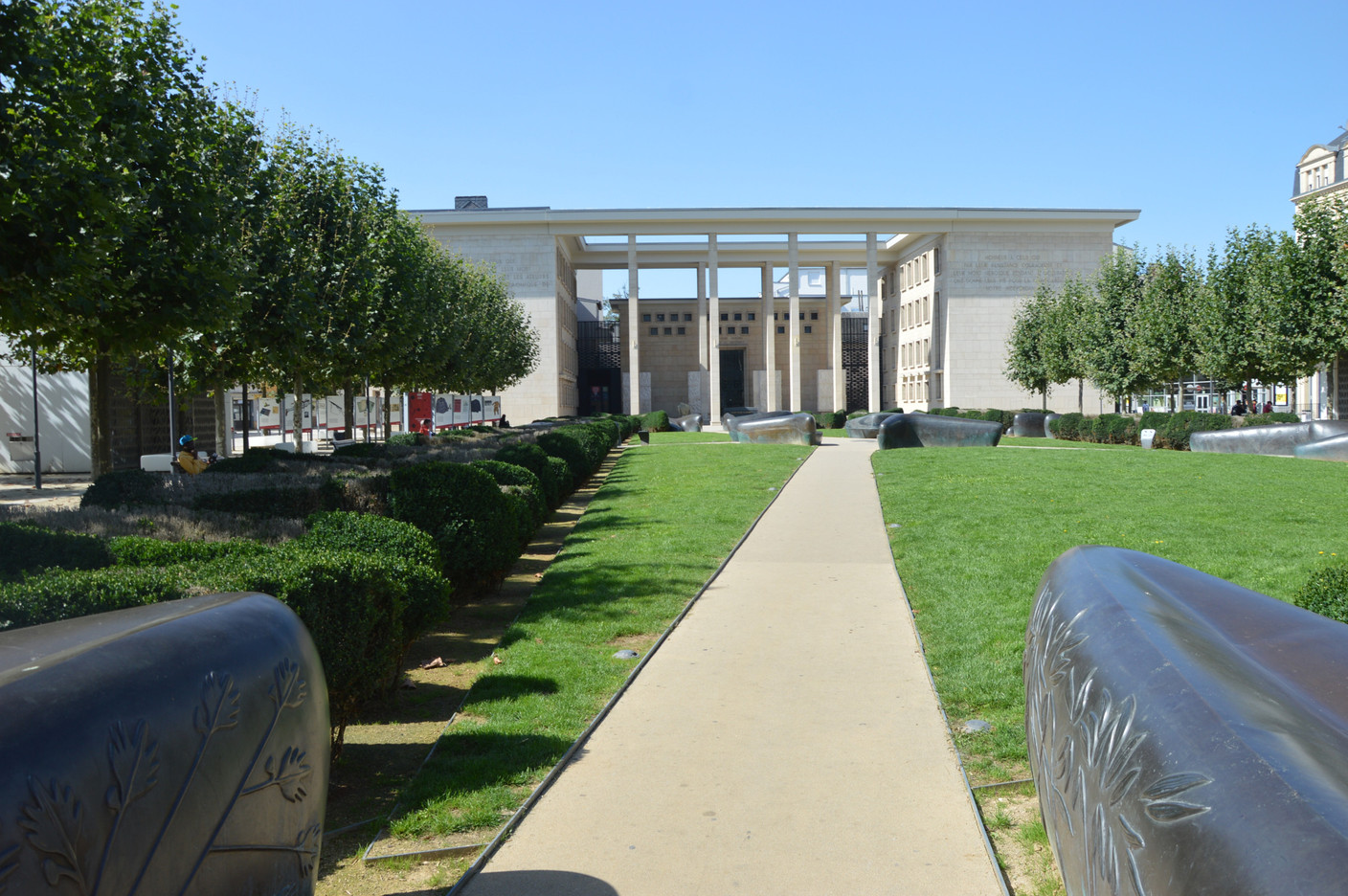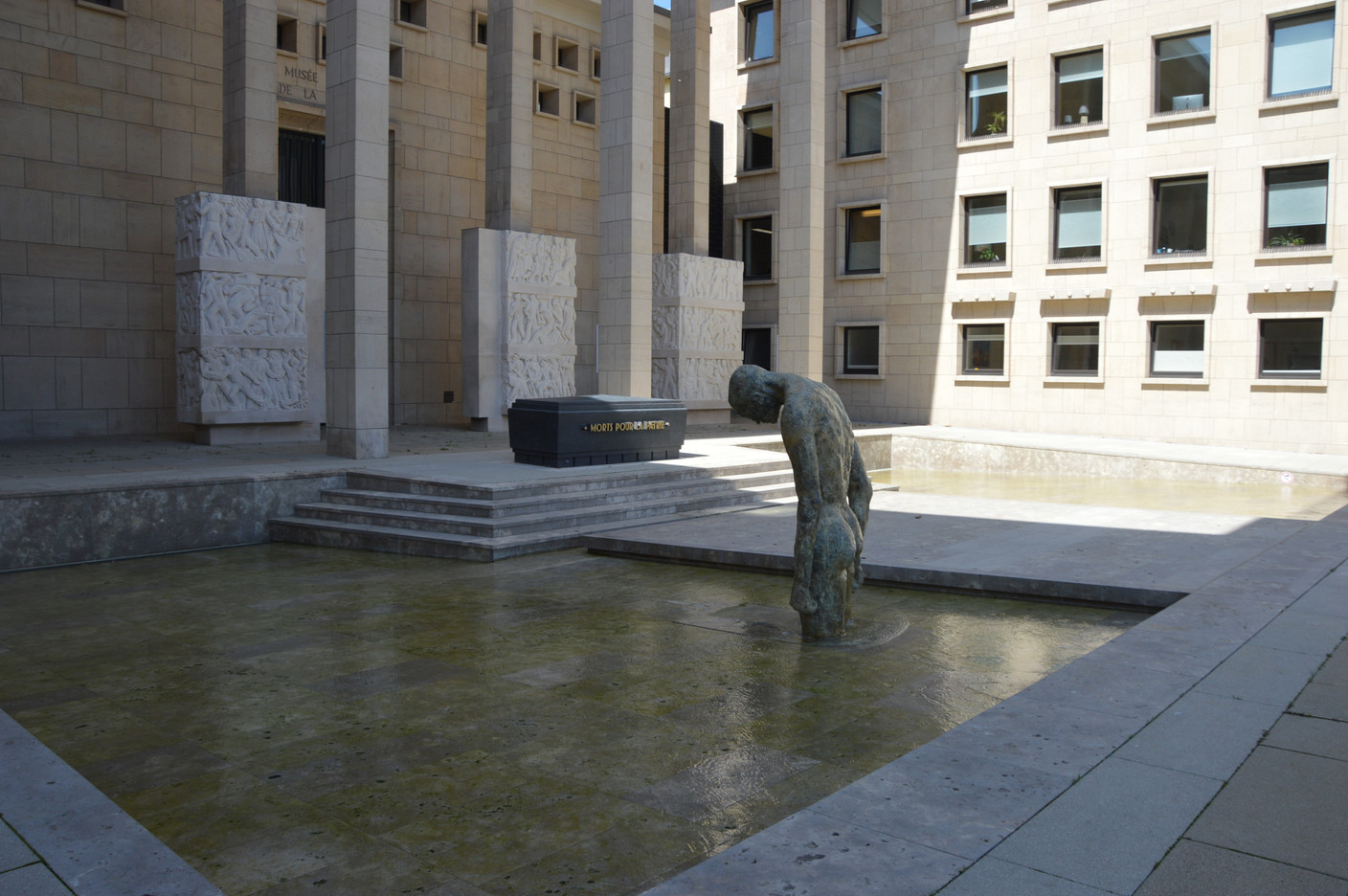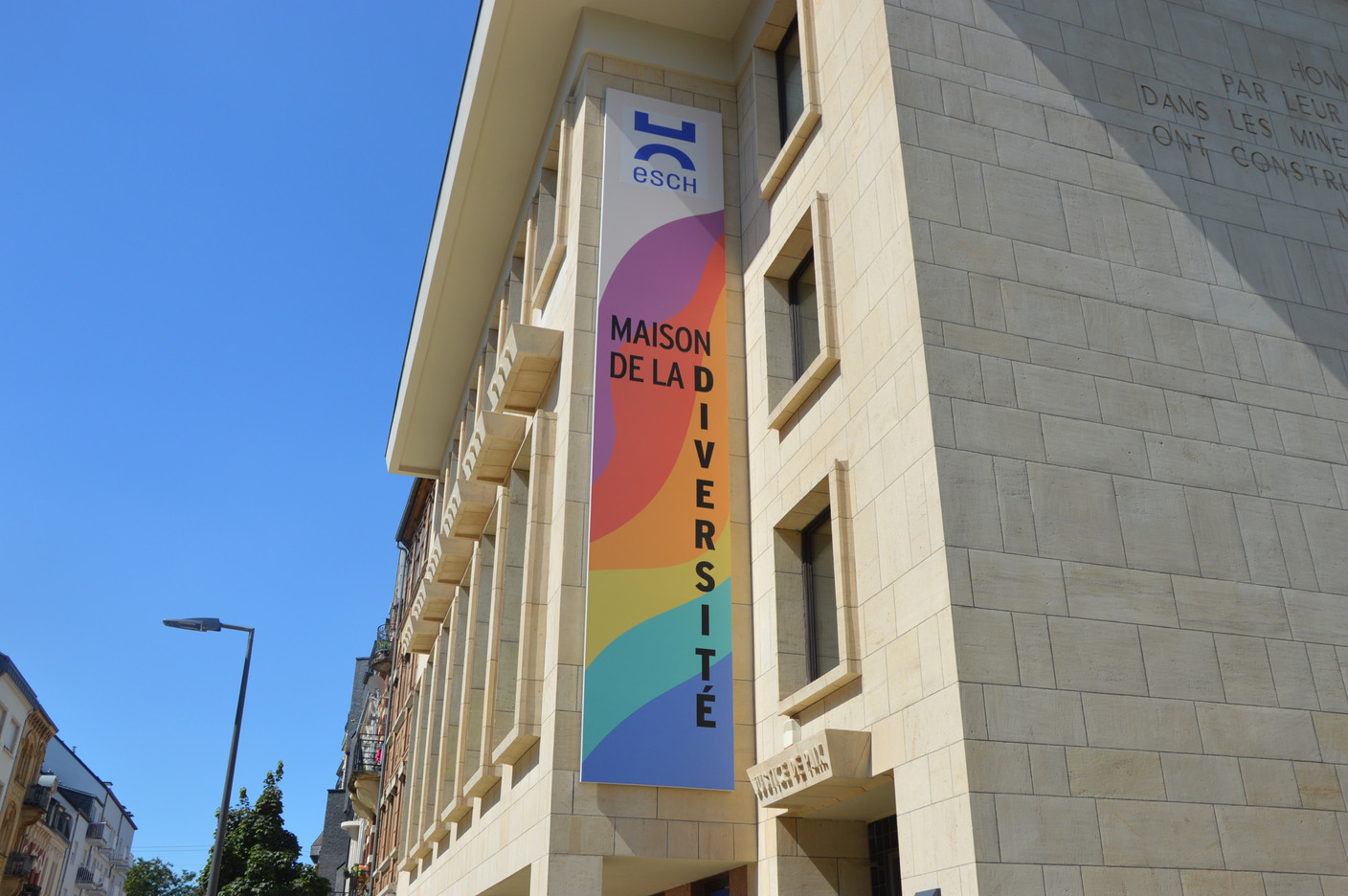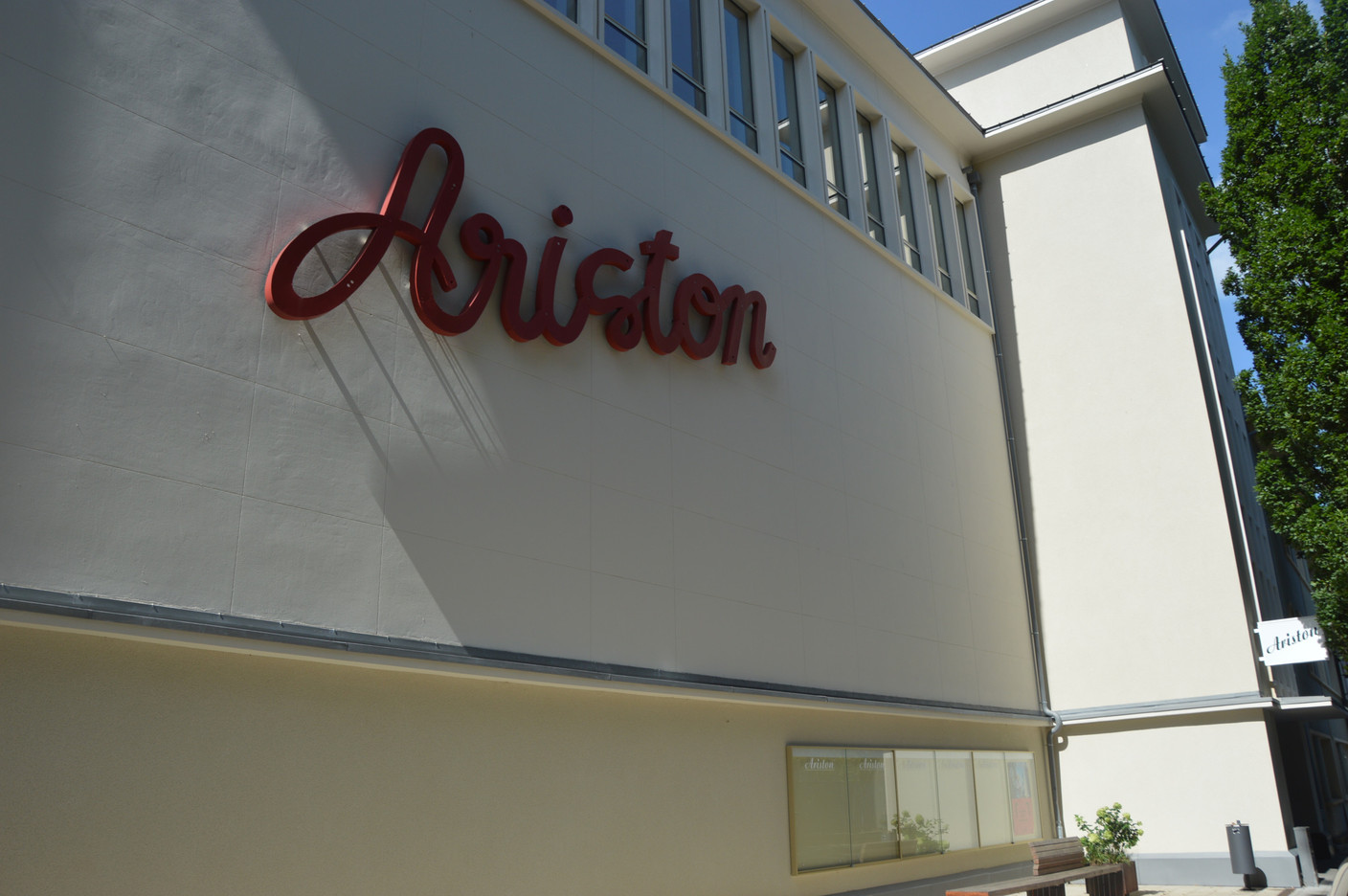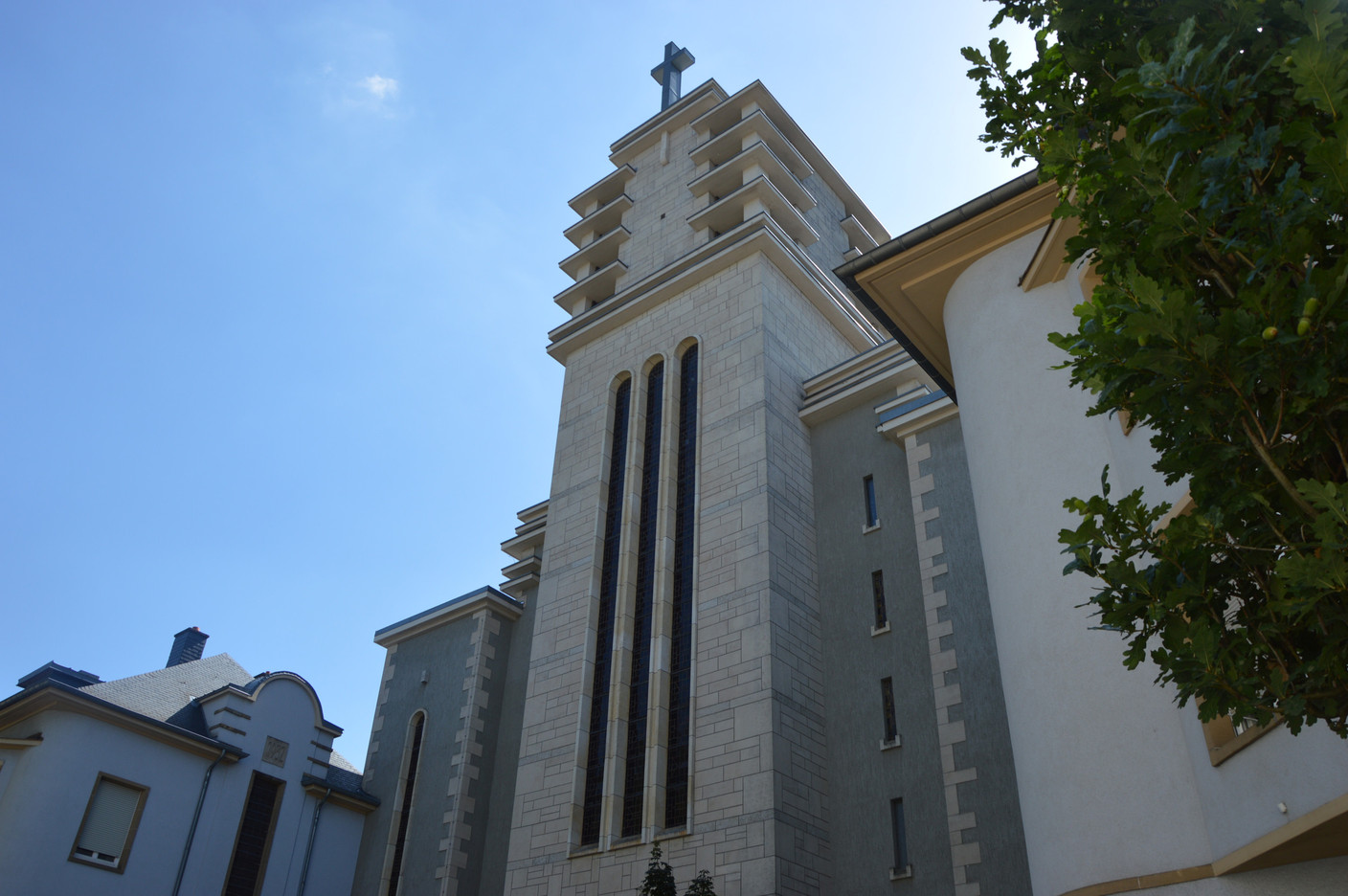In the southeast of Esch-sur-Alzette, very close to the Gaagebierg park and the station, the Brill district is, along with the Uecht district (further west), the oldest in the town. Urbanised and fairly central, it is home to 5,283 residents, around 14.1% of the city's population. This makes it the second most densely populated district. Its demography is also growing. In the last ten years, 427 people have moved here. The residents are fairly young, with an average age of 37.1. Here and there in the streets, Lusitanian shops are plentiful, as is the case in the district where the Portuguese are the most numerous. However, the proportion of Luxembourgers is increasing, reaching 26.2% in 2022.
In the rue du Brill, a Portuguese grocery shop sees a steady stream of customers all morning. Ana-Paula Oliveira, whose daughter runs the shop, describes it as a quiet neighbourhood where everyday life is pleasant. But on the street that bears the district’s name, she regrets that “several restaurants have closed.”
Daniela, at the till in the grocery shop, agrees, but qualifies this observation: “Some are closing, but others are opening (like Famous or Jolimar). We manage to have everything close by, there’s the station, the park not far away, it’s pleasant,” notes the woman, who has lived here for ten years.
A little further, in front of a restaurant, Olivier Perisse is getting ready to start his service. The chef at Le Domanni is originally from Villerupt. And like many French people living in the rural communities along the border, he has always been more attracted to Esch than to Thionville or Metz. “Ever since I was young, I’ve been coming here, I know it very well. Over the years, I’ve seen the area lose a lot of things. I think that the development of Belval has had something to do with it,” he says.
On the commercial and economic front, 69 bankruptcies have been recorded between 2019 and 2022. Brill is also the district with the most empty cells (around 75). It is mainly shops (29.4%) and catering and accommodation (17.1%) that give the district the most dynamism.
Aware of the need to revitalise the district and the town centre more generally, the local authority has launched a free initiative called Claire, aimed at helping owners of empty commercial premises to find new uses. To achieve this, the town is offering an intermediary, a dedicated platform, a mediator and a contact point on rue de l’Alzette. This is also the spirit behind the pop-up shop that opened a little further along rue de l’Alzette.
Rue de l’Alzette is the main thoroughfare in the town centre. For almost a kilometre, it runs through both the Brill and Al-Esch districts. Philippe Eder, the owner of the La fournée luxembourgeoise bakery, cites rent prices as an obstacle to the development of the district. As another resident said earlier: “Everything has been done for Belval, and all we get are the crumbs. It’s the same problem as elsewhere with shopping centres. But the town is trying to get things moving again.”
Having set up shop in 2007, he serves a regular rather than a passing clientele, and says that the Rue de l’Alzette is relatively untouched compared to other areas in the district. However, he points out that he has noticed some new problems: “Things have got a bit worse, especially in the evenings, when the area is not very busy.” This is confirmed by the newsagent on the other side of place de la Résistance: “To relax, residents generally go elsewhere, but they don’t stay to enjoy the area in their spare time.”
Guided tours on different themes
Yet the district has its fair share of curiosities, with the Municipal Theatre and its art gallery, and the National Museum of Resistance and Human Rights, which is currently closed in preparation for the installation of the next exhibition. However, it continues to offer . The next tours will take place on 26 August and 2 September. An exhibition is also currently on display on the esplanade in front of the museum.
A few steps away, at 77 rue Zénon-Bernard, the façade of the Sacré-Cœur church--listed as a national monument in 2019--invites passers-by to look up. Its interior features stained glass windows by Binsfeld, Linster and Schock, and its organ was presented at the Brussels World Fair.
The district, like the whole city more generally, is also “a veritable melting pot of European architecture,” notes D’Escher Infofabrik, Esch’s tourist information office. It proposes an architectural walking tour, with around ten stops in the Brill district, to admire the most beautiful bourgeois houses in the area, such as the former Hôtel du Parc, and to discover the specific features of the most beautiful buildings in the district.
The architecture of the district and its recent developments, such as the place de la Résistance, help to keep a breath of modernity in this historic district, which is a far cry from the “wet meadow” it was in the 1900s: “a large wasteland stretching from the banks of the Alzette to the border, which often turned into an impassable lake when the river overflowed,” according to the local history. And it is set to change even further. The recent National Mobility Plan 2035 unveiled by mayor (CSV) provides for the creation of a new Esch/Brill station.
Work planned for Rue de l’Alzette
in the near future. It was originally built between 1885 and 1911 above the canalised Alzette. The urban layout as we know it today dates from 1992-93. While waiting for a facelift, you can still take a ride on a self-propelled mini-shuttle that appeals to local residents, old and young alike, as well as curious tourists. The owner of the Coiffure by Tun salon didn’t necessarily see the work as such an urgent matter, and as other shopkeepers have said, he’s worried about the impact of the work on the frequency of visits to his salon.
Read also
“I think there were other priorities. We could even imagine letting cars back in from time to time and parking them, in a way that would revitalise the area,” suggests Tun, who is keen to preserve the area’s image. “It’s true that the area’s image has declined, but there are still a few old shops. A bad image is being conveyed, somewhat wrongly. Like when people say that Esch is dirty. It’s not true, there may be one or two streets that are a bit neglected, but that’s more down to the people,” he adds. “After all, we’re in a cosmopolitan neighbourhood that’s a great place to live.”
This story was first published in French on . It has been translated and edited for Delano.
